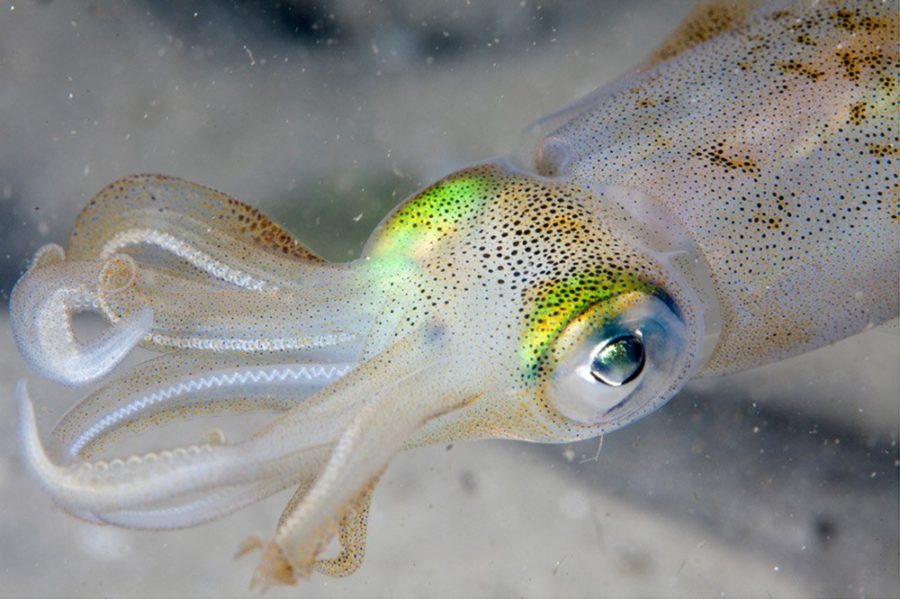Future camouflage may mimic octopus skin

Imagine possessing the camouflage capabilities of a cuttlefish, being able to seamlessly blend into your surroundings and adapting in seconds as they change. New research hints this superhero-like ability may not be as far away as you’d think.
Inspired by cephalopods (a group that includes octopus, cuttlefish and squid), US researchers have developed a flexible polymer able to change its colour and texture on demand.
Revealed this week in the journal Nature Communications, the flexible display system created by a team at the Massachusetts Institute of Technology (MIT) is an entirely novel form of display technology.
Dazzling patterns of cephalopod skin
“Cephalopod skin can display dazzling patterns of colours and texture for signalling or active camouflage in response to environmental stimuli, which inspired us,” says lead author Xuanhe Zhao, an assistant professor of mechanical engineering at MIT in Cambridge, USA.
“To our knowledge, this is the first flexible display that can vary both surface textures and colours in this way,” he says.
The study combined two recent discoveries from engineering and chemistry. First, that applying an electric voltage across a thin film can lead to patterns forming in the film’s texture. And second, how deforming a particular material can change the colour and fluorescence of its molecules.
“Working on biomimicry inspired by the octopus is a very interesting and fun study,” says Professor Francois Ladouceur, an expert in the physics of light at the University of New South Wales in Sydney.
Octopus skin inspires military stealth technology
However, the tens of seconds it takes to form the patterns, and the high voltage required, means the possible applications of this technology are for the moment limited, says Francois, who was not a member of the research team.
Xuanhe says their research focussed on illustrating a new display mechanism, rather than targeting a specific use for the technology, but he believes there could be future applications in dynamic camouflage, flexible displays and biomedical luminescent devices. The adaptable texture might also find a use as a novel antifouling coating, applied to the bottom of ships.
In time, if the technology is refined, military stealth might well be a useful application, Francois says. “You could camouflage your ship or vehicle and have it shift as the environment shifts”.
However, the most interesting application might have nothing to do with sight but rather with touch, he says. “Imagine running your finger along the latest iPhone and feeling a change in roughness in response to your swipes, or a drawing program where the screen feels like paper.”
Cephalopods are among nature’s most skilful camouflage artists, able to change the colour and texture of their skin within seconds — a capability engineers have long struggled to duplicate in synthetic materials.

